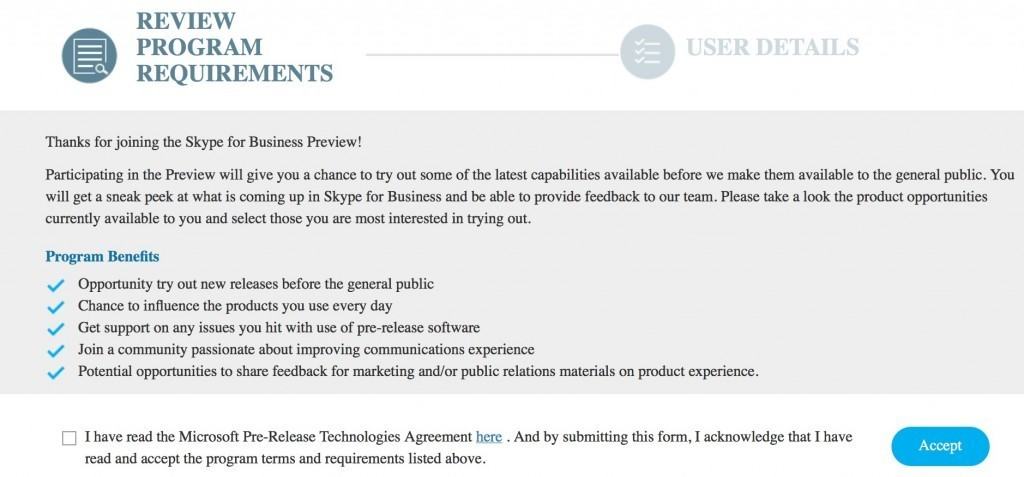
Mac Skype For Business 2016 Logs
Skype for Business on Mac Single Window mode (or tabbed conversations view) is supported for Office 365 and Skype for Business Server 2015 when server-side conversation history is turned on. Admin: Is the new notification style changes supported? Enabling logging in Communicator 2011 for Mac or Lync 2011 for Mac. In the menu bar navigate to Communicator > Preferences or Lync > Preferences, then to General tab and check the Turn on logging for troubleshooting checkbox: Back to top. Enable logging in Skype for Business for Mac. In the menu bar navigate to Skype for Business > Preferences > General > click on the Collect Logs button.
Skype for Business (Skype, previously Lync) caches files locally on your computer to improve use by pulling information quickly and efficiently. Common reasons you might want to clear the Skype for Business cache include: 1. You can't log in to Skype. Your Outlook and Skype integration is not functioning properly. You have issues with the Presence Indicator in Skype. Your Contact list is out of date.

You cannot search for users in Skype. To clear the cache in Windows Skype for Business 1. Click the gear in top right-hand corner. Choose File – Sign Out to log out of Skype.
Smallpdf works for PPT and PPTX, but not PPTM. To create a PNG from the chart, then delete the chart and insert the PNG. Note that the free service is limited to two conversions per hour. If you have a PPTM, save it as a PPTX before converting. Just 'Save Picture As.' Ms word for mac: save to pdf with hyper links.
On the Sign In window, choose the link to Delete my sign-in info. In the pop-up window to forget sign in info, click Yes. Click the gear, choose File> Exit to exit and close Skype. Open the Run bar (in Windows, click the Start button, type Run in the search bar) 7. In the Run window type%AppData% then click OK. Verify that the window opens in the AppData directory. For Skype for Business, navigate to Local Microsoft Office 16.0 Lync o NOTE: The “16.0” may vary based on your version of office (i.e.
“16.0” for 2016 versions). Locate the sip_YourProfileName@ucmail.uc.edu folder and delete it.
If you do not see this folder, check the Local Microsoft Communicator directory. Open the Tracing folder and delete all files in in it.
Do not delete the Tracing folder itself. NOTE: If you receive a message that the action can't be completed because a file is Open or that you need Administrator permission to delete a file, click the Skip button. If it won’t delete some files because they are open in Outlook, close Outlook, then delete the remaining files. Open a command prompt (in the Windows Search field, type Cmd then select the command prompt from the menu). In the Command Prompt window, type ipconfig /flushdns and press the Enter key on your keyboard to run the command and clear the DNS cache. Once complete, click the X in top right corner of the Command Prompt window to close it.
Click the Windows Skype for Business icon to reopen the program. To clear the cache in Lync 2011 for MAC OS 1. Log out and quit Skype. Go to Finder 3. Press Command+Shift+G 4.
Enter /users//library then hit Return 5. Delete the following files: o Caches > com.microsoft.Lync o Internet Plug-Ins > MeetingJoinPlugin.plugin o Keychains > all files beginning with OC__KeyContainer o Logs > Microsoft-Lync-x.log and Microsoft-Lync.log o Preferences > com.microsoft.Lync.plist o Preferences > ByHost > MicrosoftLyncRegistrationDB.xxxx.plist 6. Go to Finder 7. Press Command+Shift+G 8. Enter /users//documents 9.
Navigate to Microsoft User Data 10. Delete the following folders: o / Microsoft Lync Data o / Microsoft Lync History 11.